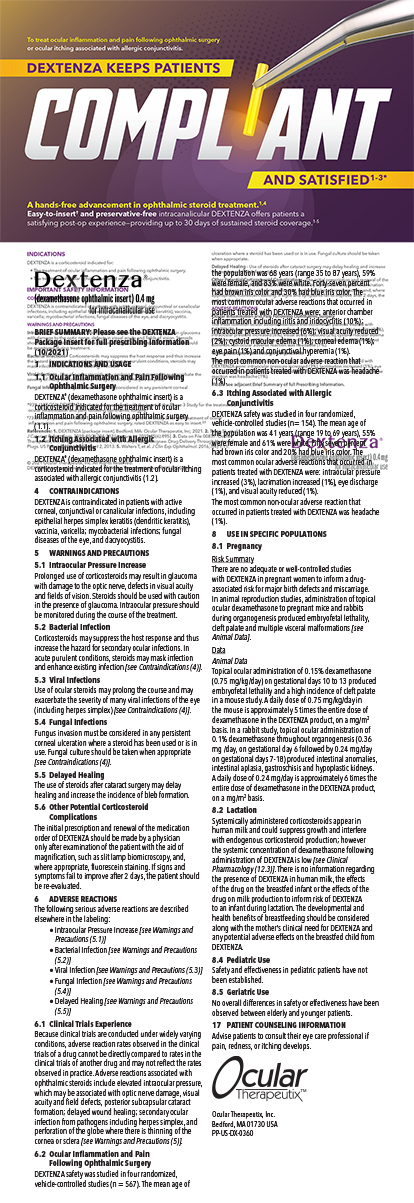Where do I start writing my manuscript? What journal should I submit to? Writing an excellent manuscript is an art that can take years to learn. Most of us approach this exercise with a fair amount of trepidation. In this installment of “Residents and Fellows,” Win Chamberlain lays out a blueprint on how to approach manuscript writing. The pearls he highlights are an excellent starting point for writing manuscripts, both for the seasoned author as well as the novice!
—Sumit “Sam” Garg, MD, section editor
“A blank piece of paper is God’s way of telling us how hard it is to be God.” —Sidney Sheldon
Staring at the blank Microscoft Word screen on your laptop begins the process and can create a sense of dread or excitement. Filling that void with something meaningful and original is a daunting task accomplished with skills that are refined by repetition and persistence.
The author Edgar Rice Burroughs said, “If you write one story, it may be bad; if you write a hundred, you have the odds in your favor.” The written manuscript is an important means by which we physicians contribute to our profession. In my opinion, it is one of the noblest and mentally challenging things we do. The ability to lay out new ideas or add to old ones from our experience or observations is powerful. I would like to share a few tips on how I approach writing.
PEARL No. 1
Thoroughly Review the Literature
There are many ways to construct a manuscript, but first, you have to have an idea, a destination, and some understanding of what others have accomplished. A thorough literature review is an important start. It will help you to refine your ideas and to avoid reinventing the wheel. It may also force you to go back and collect more data or reanalyze your current findings. You can gain a lot of information from abstracts on PubMed and get new ideas. Take notes as you go, because this information will frame your introduction and guide your discussion sections.
PEARL No. 2
Know the Requirements of the Journals Where You Want Your Article to Appear
Know the Requirements of the Journals Where You Want Your Article to Appear
It is a hard and painful process to carve away at an article once it is complete. Far better is to know the parameters in advance. I find it easier to add to an article than to take away.
PEARL No. 3
Just Start Writing
This is easier said than done. You will learn to write your article as you start writing it. Jack London said, “You can’t wait for inspiration. You have to go after it with a club.” Do not hesitate just to put something on paper or the computer screen. Give yourself some material to revise; it is your weapon against writer’s block. Outlining your main points is an essential preliminary step.
PEARL No. 4
Start With Materials and Methods
I find “materials and methods” a good place to start. It is often the easiest portion to write, because it is really just a straightforward account of your patient population and/or experimental methods and statistical analysis. Write it in the past tense. It is important to describe what you have done clearly and concisely, because this is a blueprint for the reader of how to re-create your study. Do not provide extraneous details, just what is needed to reproduce your data. If human subjects are involved, mention something about the institutional review board process, and provide a statement of ethics that conforms to the Declaration of Helsinki.1
PEARL No. 5
Your Results Section Is Your Entire Story. Everything Hangs on This
Write your results section next. It is the basis of everything you write in your discussion and introduction. This portion is your story. Look at your data, and construct grafts, tables, and figures that illustrate your data in a clear fashion. The reader should be able to look at your figures and tables and understand what you accomplished even if he or she does not look at any other part of the article. This section will give you the material with which to construct the rest of the manuscript.
PEARL No. 6
Make the Discussion Section Fun
Henry Wadsworth Longfellow said, “Great is the art of beginning, but greater is the art of ending.”
Write the discussion section after the results section. The former is where you review your findings, tie them in with what is known, and speculate on what they mean to the current understanding of the topic. In this section, you can comment on the grander implications of your data. You may also want to include ideas for future studies or put forth unanswered questions.
PEARL No. 7
Save the Introduction for Last
A good introduction is a hook with which to draw the reader into the significance of your work. It presents a brief but interesting background for the field you are addressing. It guides the reader painlessly through a briar patch of literature and lays a groundwork for your study. It points out the gaps in previous studies and unanswered questions that your results section will address. In short, your introduction is setting the stage for your study.
PEARL No. 8
The Abstract Is the Final Word
The very last thing you will write is the abstract, which summarizes your entire paper. Keep in mind that, as people review the literature, your abstract is the only portion of your article they may ever read. In fact, they may only read the abstract’s conclusion section. Make it clear, concise, and accurate, and make sure it delivers the same message as your entire article.
PEARL No. 9
Do Not Be Discouraged by Revisions and Rejections
“Half my life is an act of revision,” said John Irving. I recommend treating the editorial review of your paper as an independent expert panel that is giving you critical feedback. Although the tedious process of rewriting and resubmitting can be frustrating, reviewers often notice things that escaped your focused lens. They can provide comments that make your article more broadly applicable and readable to a larger audience, so try to see reviews as a refining process rather than an assault on your efforts. Even if that is not the intention of the reviewers, they have given you points for improvement for the next submission.
PEARL No. 10
A Word About Plagiarism—Be Careful About Your Source of Wording
“If you steal from one author, it’s plagiarism; if you steal from many, it’s research,” said the playwright Wilson Mizner.
I have intentionally quoted many authors in this article, but I have credited them all. Plagiarism is not new, but it is arguably easier with the Internet and copy-and-paste computer functions. Resist the intellectually lazy route. Engage your project; put your own thoughts and words on the page. It is okay to use others’ ideas, but always give proper credit. Remember that many journals are now using plagiarism detection software.
Section Editor Sumit “Sam“ Garg, MD, is the medical director, vice chair of clinical ophthalmology, and an assistant professor of ophthalmology at the Gavin Herbert Eye Institute at the University of California, Irvine, School of Medicine. He also serves on the ASCRS Young Physicians and Residents Clinical Committee and is involved in residents’ and fellows’ education. Dr. Garg may be reached at gargs@uci.edu.
Winston D. Chamberlain, MD, PhD, is an associate professor in the Department of Ophthalmology and the chief of the Division of Cornea and Refractive Surgery at the Casey Eye Institute, Oregon Health & Science University, Portland. Dr. Chamberlain may be reached at chamberw@ohsu.edu.
1. Ndebele P. The Declaration of Helsinki, 50 years later. JAMA. 2013;310(20):2145-2146.




